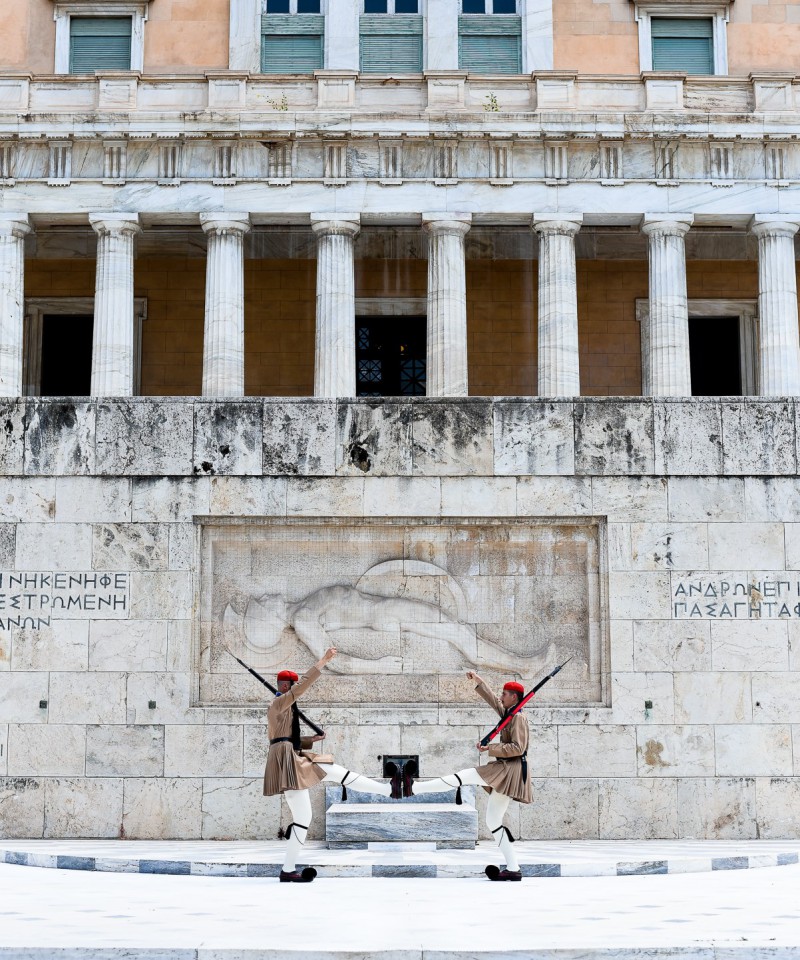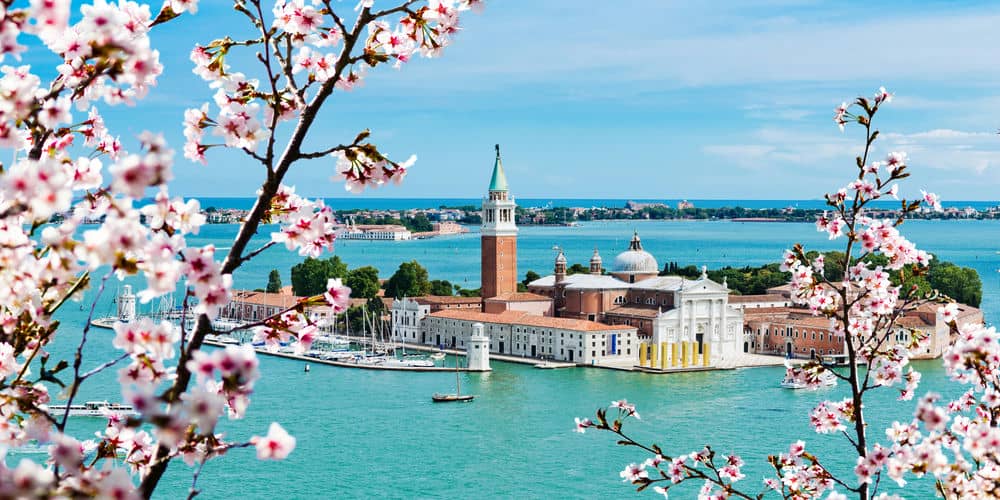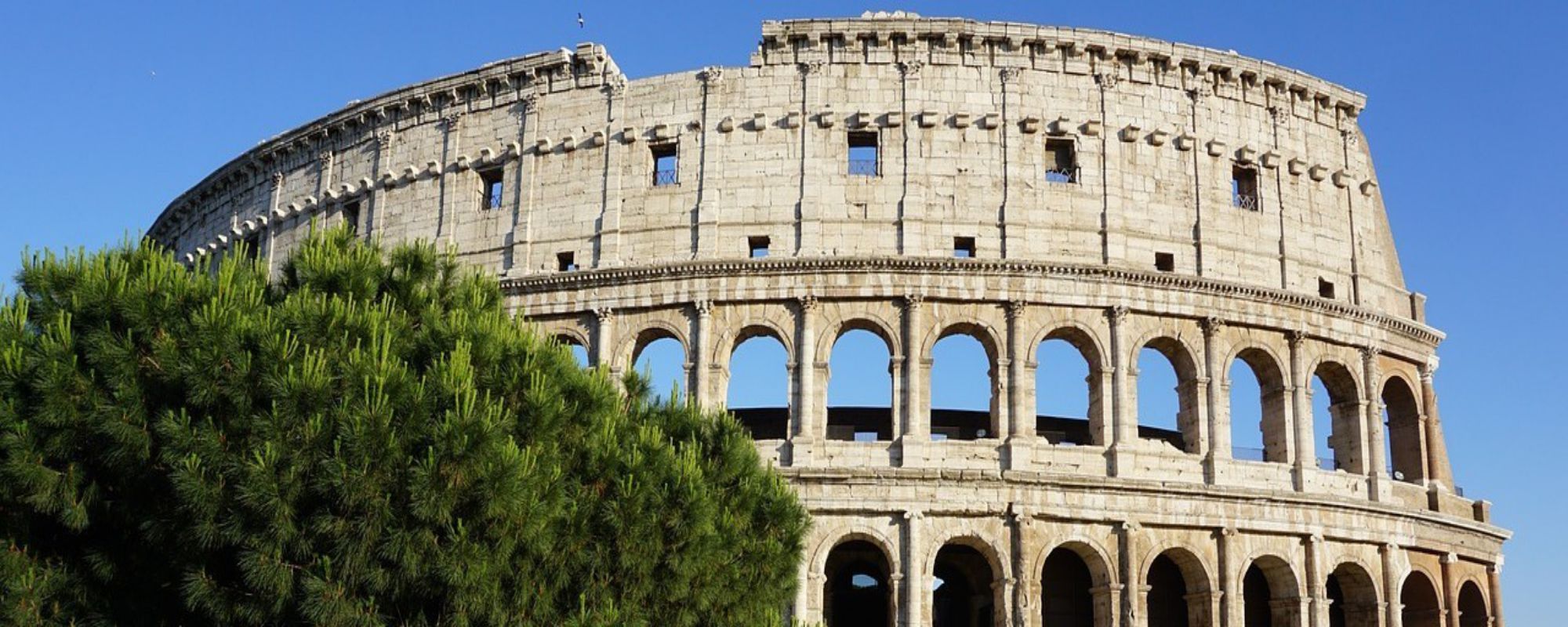
Best Things to See and Do in Italy | Italian Attractions Uncovered
Key Takeaways
- Include in your itinerary the Italy attractions that have gained worldwide popularity to make sure your trip is jam-packed with sightseeing.
- Indulge in traditional Italian cuisine; trust us on this one!
- Spend time escaping into nature at many of Italy’s renowned natural attractions.
- Check out accommodation options and shop around to find some unique overnight stops.
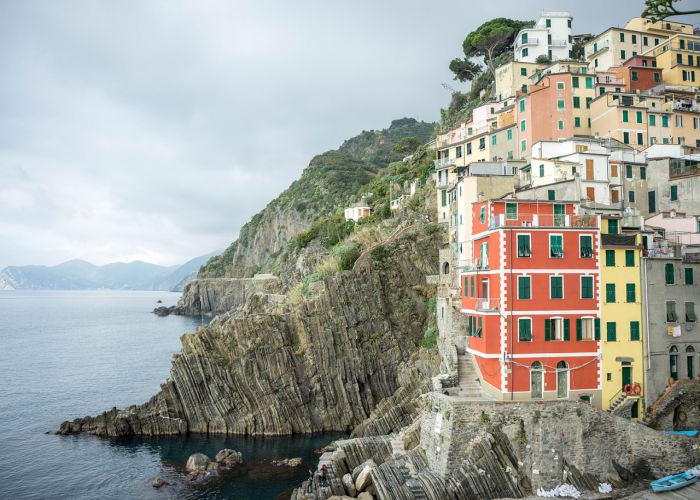
Great Italia is one of the world's most visited countries.
This Mediterranean jewel has dazzling cities, magnificent natural landscapes, and phenomenal historic landscapes — and you can't forget the exquisite Italian food.
From art to architecture to Italian culture, there’s no place quite like it. There’s a lot to experience, including many a UNESCO World Heritage Site, which makes it important to know how to plan a trip to Italy.
You’ll want to coordinate your accommodation, transport, and the best Italian attractions well enough to ensure you can soak up the country’s splendor during your trip, especially if you're visiting Italy with kids.
All those considerations need not get overwhelming. This is a good place to get your complete guide to the most terrific things to see and do in Italy.
Historical Sites for Your Italy Trip

There’s no shortage of amazing historical sites in Italy. These are some of the most cherished.
Colosseum in Rome
The almost 2000-year-old Colosseum captures Italian history grandly.
As one of the most famous ancient amphitheaters in the world, arenas don’t get more dramatic or spectacular than the Colosseum.
Epic gladiator battles took place at this venue at the height of the Roman Empire, now one of the Seven New Wonders of the World.
Pompeii Archaeological Site
When Mount Vesuvius erupted in 79 AD, the ancient Roman city of Pompeii was buried.
Although tragic, this was the birth of what is today one of the most mysterious archaeological and UNESCO World Heritage sites and one of the best places to visit in Italy.
What remains are nine main areas comprising ancient alleyways, burial grounds, temples, amphitheaters, and more. Step back in time in this captivating Italian city.
Leaning Tower of Pisa
You’ve seen those comical pictures of tourists snapping quirky illusions at the Leaning Tower of Pisa, right?
This amusing Italian monument is the “Square of Miracle’s” famous attraction. Much like some famous ancient landmarks in Greece, a visit here surpasses cool photography.
Champion over 250 steps to get to the top for breathtaking Pisa views.
Vatican City
Make a trip to the world’s smallest independent state in Italy’s capital, Rome, to appreciate the beauty of the home of Roman Catholicism.
The genius and elegance of Italian architecture and design are on full display here.
Popular city attractions include Saint Peter’s Basilica (the Apostle Saint Peter’s resting place) and the Vatican Museums (including Michelangelo’s Sistine Chapel).
Venice's Grand Canal
One of the most scenic and romantic waterways in the world is found in Venice. The two-mile-long, S-shaped Grand Canal, or Canalazzo, is lined with old, palatial buildings of similar architectural styles.
Many love to stroll across the delightful bridges, but gondola and motorboat rides are the best canal experiences. Enjoy the scenery from San Mark’s Basilica to Santa Chiara Church.
Florence Cathedral
The 13th-century Florence Cathedral, one of the world's largest churches, celebrates the Renaissance.
Its stunning marble decorative elements and stained glass windows make it a beauty to behold.
The most exemplary part of this gothic-style church is its massive Filippo Brunelleschi-designed dome. The Cathedral’s grandeur makes it a firm favorite on platforms like TripAdvisor.
Historical Tours
Historical tours are a fantastic way to see the most significant sites and learn about their past.
There is much to explore, from the Herculaneum archaeological site in Ercolano to the Valley of Temples' ancient Greek temples and ruins in Agrigento, Sicily.
Enjoy fun, educational tours at these Italian attractions and popular destinations:
- Vatican City
- Florence’s Renaissance landmarks
- The Colosseum, Roman Forum, and Palatine Hill
- The Pantheon
- The famous Leaning Tower of Pisa and Lucca
- Trevi Fountain
- Piazza del Duomo and Piazza San Marco
Sometimes even simple walking tours can be loads of fun, like Greece’s Athen walks and uber cool street art tours.
Cultural Activities That’ll Blow Your Mind
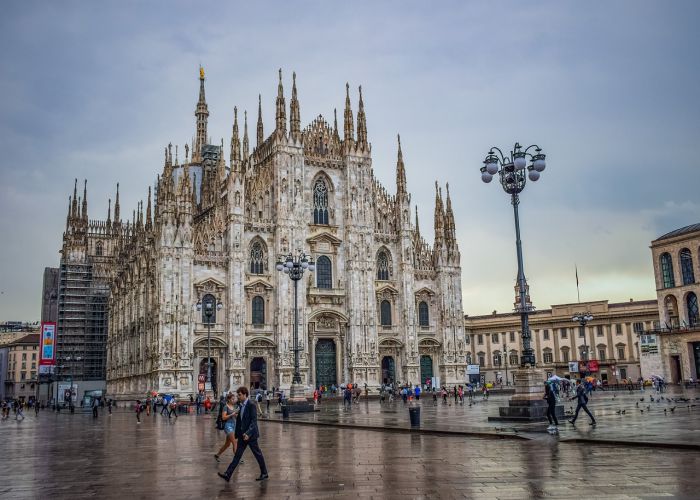
Be one with the people and connect to the country’s culture with these Italian activities.
Italian Food and Wine
Locals express and honor their culture through their Italian food. What sets it apart is simplicity, quality, taste, and affordability.
Traditional dishes like pasta, pizza, lasagna, and risotto often feature fresh, healthy, home-grown ingredients.
Food and Italian wine pairing make for superb culinary experiences. One of the world’s oldest wine-producing countries has mastered viniculture, ensuring quality and diversity are unmatched.
Taste outstanding Italian wines, like Barolo and Vino Nobile di Montepulciano, in Barolo, Montepulciano, Naples, and Florence.
Opera and Classical Music
Treat yourself to spectacular classical music, opera, and ballet shows. Italian opera houses and concert venues are some of the most magnificent in Europe.
A 400-year history has ingrained opera into Italy’s musical culture. Classical music is another way Italians express emotion.
Enjoy drama, action, and sociopolitical commentary. Artists pay the utmost attention to detail in their texts, compositions, staging, and performances.
The best places to see Italian opera and classical music are the Teatro alla Scala (Milan) and the Museo dell’Opera (Florence), respectively.
The annual opera festival hosted at the ancient, open-air Arena di Verona in Verona is also highly revered.
Art Museums and Galleries
Italian art stems from a long line of masterly influences. Think of Michelangelo, Leonardo da Vinci, Raphael, Giotto, Donatello, Botticelli, Masaccio.
What do these pioneering, world-famous Renaissance artists have in common? They were Italian.
Today, over 3,000 museums provide diverse creative spaces to view the works of incredibly talented artists.
Many still pay homage to the traditional Greek and Roman-style paintings and sculptures of the Renaissance period.
Florence, Italy’s art capital, is home to the most visited creative space in the country, the Uffizi Gallery.
Fashion and Shopping
Italy is considered one of the world’s fashion capitals (Milan being the mecca).
The country’s history in impeccable art, design, and craftsmanship is evident in Italian fashion and textiles.
For lavish shopping and retail adventures, cities like Milan, Rome, Venice, and Florence are your go-to. These cities have leading high-end department stores, designer boutiques, and fashion houses.
Beyond fashion, you’ll love hubs like Via Del Corso in Rome, Mercerie in Venice, Via Toledo in Naples, and Via Mazzini in Verona. You’ll find unique shops selling quality souvenirs and art.
Festivals and Celebrations
Everyone knows the adage: 'When in Rome, do as the Romans do.'
How apt for Italy, because you might find yourself in the capital looking for a fun activity.
Italian festivals and celebrations are an extraordinary way to immerse yourself in a country’s culture, meet new people, and exercise the above proverb.
There are countless local festivities to join in Italy, depending on the timing of your visit. February’s Carnevale di Venezia is the most lively celebration, and other weather in Italy in February will not be an obstacle.
It’s best experienced in Venice, Viareggio, Ivrea, and Cento.
Natural Attractions That Set Italy Apart
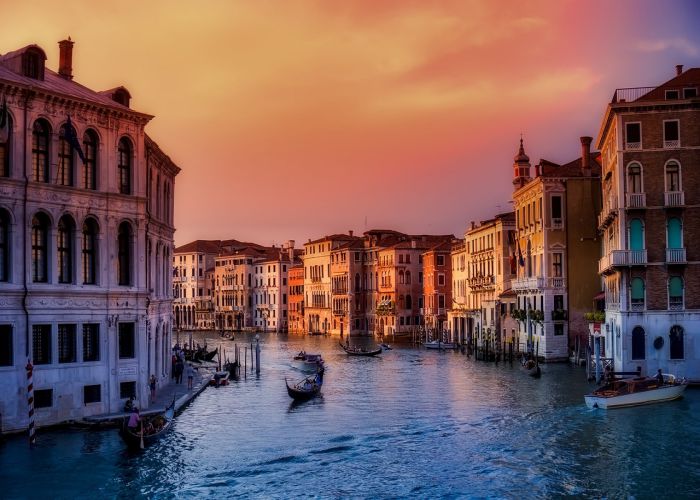
When nature calls, you answer. These picture-perfect locations are just what you’ve been looking for.
Amalfi Coast
The much-loved Amalfi Coast, a gorgeous World Heritage Site and lovely coastal region is one of the most striking areas in Italy.
The vivid villages with quaint streets, cliffs, and pristine seaside nooks will remind you of some of the best beaches in Greece.
There’s so much to explore on the Amalfi Coast. It’s part of the sensational Salerno Province in the Campania region.
Take your pick of 31 miles of the staggering Sorrento Peninsula coastline.
Lake Garda
Any location that’s part of the selling point for Italy Tourism deserves your attention and consideration when you’re looking for the best places to be during your holiday.
Lake Garda, in the north, is the largest Italian lake. Its many charming villages, monuments, and waterside accommodations make it the perfect place to be for a summer vacation.
Enjoy activities like windsurfing, sailing, and kiteboarding. There are a few pubs and wine bars too.
Tuscany Countryside
To witness the unparalleled allure of Italian nature, head to the Tuscan countryside. Many travelers prefer to explore this Italy region on their terms, in a rented car or Vespa.
Indulge in food tours and one-of-a-kind agritourism adventures. Go walking, hiking, cycling, or horseriding. The list of activities is endless.
For superior wine-tasting excursions, the nearby Chianti vineyards offer unforgettable experiences. There are nearby monasteries and traditional Italian thermal bathhouses to enjoy too.
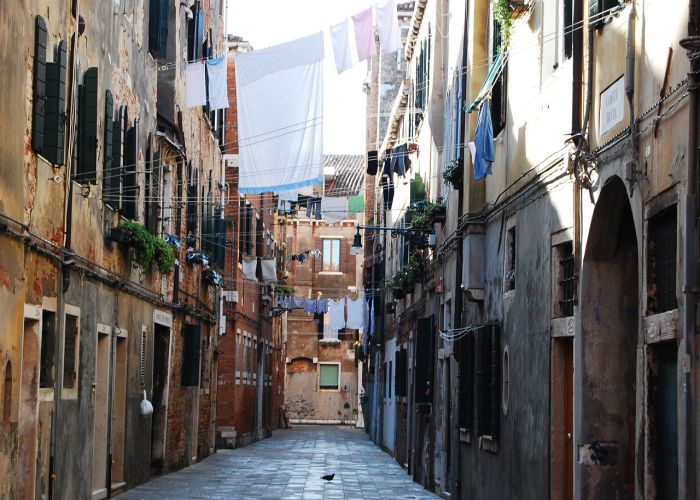
Cinque Terre
Cinque Terre's natural attractiveness has earned it a spot among UNESCO World Heritage Sites. Five enchanting villages represent these "five lands" in Liguria, northern Italy.
Although sitting on a rugged coastline, the bursts of color from the vineyards and houses in all five towns bring this Mediterranean retreat to life — similar to the picturesque villages in Greece.
Visit Vernazza, Cinque Terre’s most beautiful village, and sample delectable Italian seafood at one of the old-style trattorias (eateries).
Mount Etna
Daredevils will relish a trip to Mount Etna in Catania, on the east coast of Sicily. Why, you wonder?
Only because this is one of the world’s most active stratovolcanoes. It’s also one of Europe’s highest mountains, at around 11,000 feet.
If you’re feeling up for the challenge, join a guided hiking tour up the mountain. It's a moderate climb but can take up to six hours to complete all-round.
Dolomites
Keeping with impressive Italian mountains, the Dolomites is arguably the most spectacular mountain range in the country.
If your Italian escape leads you to the northeastern part of Italy, Bolzano is the ideal place to settle when you want to explore the Dolomite Alps. Bolzano acts as a gateway to the Dolomites.
Expect lovely mountain landscapes offering two fabulous activities by season: hiking during the spring or early fall and skiing during the winter. You can even learn more about the weather in Italy in January and plan your trip accordingly!
Outdoor Activities to Get the Heart Pumping

Italy’s never-ending beauty offers multiple reasons to be out and about. Pick your favorite outdoor activity and do it the Italian way.
Hiking and Trekking
Outdoor enthusiasts and lovers of active holidays are spoilt for choice in Italy regarding hiking and trekking (Lonely Planet agrees).
The weather is warm in spring (March-May) and fall (September-November) and the air is crisp.
Italy's lofty mountains, expansive coastlines, and volcanoes offer wonderful walking opportunities.
Cinque Terre, the Dolomites, Vesuvius National Park in Naples, and the Amalfi Coast are some of the best places for eventful trekking escapades.
Skiing and Snowboarding
Italy might not be the first country you think of when considering where to go for the ultimate skiing or snowboarding exploits.
But don’t rule it out; the Italian Alps’ enduring snowfall during winter sets you up for unique activities.
Visit Italy between December and early March to experience winter sports in this part of the world.
If you want a full skiing and snowboarding holiday experience, consider first-class resorts like Cervinia, Courmayeur, Alagna, and Champoluc.
Water Sports
The prime destinations for adrenaline-inducing water sports are Lake Garda and Lake Como, both in the northern regions of Italy.
If you’re traveling during the summer stretch, between June and August, whip out the beach glad rags you packed. It’s time for some Mediterranean sea and sand.
Sardinia's southern beaches are a frontrunner if you love surfing. Campania and Sicily beaches are also popular among water lovers and those looking for a beach vacation in Italy.
Kitesurfing, water skiing, canoeing, paddleboarding, and more — it’s all up to you.
Cycling
Spain, France, and Italy provide some of the best European courses for cycling. Opting for a bike ride while holidaying in Italy is a three-in-one hobby.
Cycling’s a chance to enjoy a calming recreational activity and take in the country’s fine scenery. It’s also a great way to exercise and stay active while traveling.
From northern to southern Italy, supreme cycling areas abound. The Puglia and Amalfi coastlines are particularly pleasing. Head to the Dolomites or the Tuscan hills for natural drama.
Golfing
Among other advantages, golfing while on holiday is a workout without exerting too much energy.
Italy’s golfing culture is on the rise. So whether you’re an avid golfer or an enthusiastic novice, gorgeous greens await.
Enjoy competitive swings at any of the 200-plus golf courses across Italy.
Choose accommodations near a prominent golf club like Circolo Golf Villa d’Este in Montorfano.
Or level up by staying at a luxury golf resort, such as Verdura Golf Resort in Sciacca, Sicily.
Accommodation Options for Comfortable Italian Stays
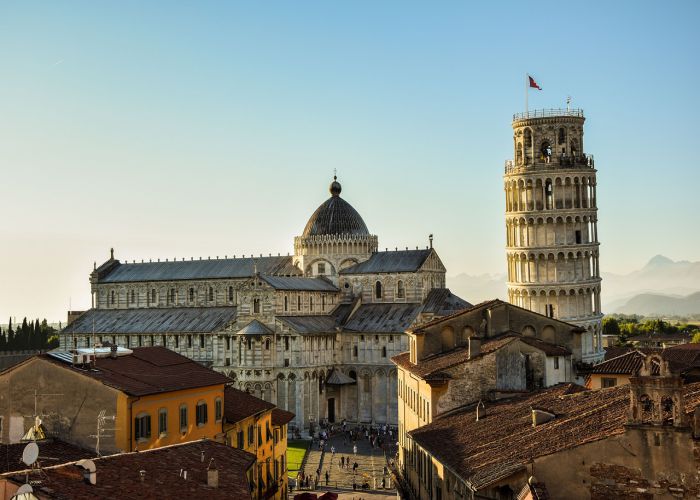
No matter your accommodation preferences, you’ll find what you like in Italy, even if you decide to stay in old-world fishing villages.
Hotels and Resorts
Italian hotels and resorts combine a few vital elements to satisfy your holiday stays.
You get the benefits of world-class lodging in dreamy locations, quintessential Mediterranean luxury, stellar service, and unrivaled hospitality.
Looking for hotels with an edge?
Lake Como’s Il Sereno, Grand Hotel Miramare in Santa Margherita Ligure, and Hotel Cipriani in Venice (a celebrity hotspot) are just three of many Italian stunners.
Resort stays are often a little more tropical and paradise-esque. Options like Hotel Santa Caterina on the Amalfi Coast or Il San Pietro di Positano in Positano will do the trick.
Bed and Breakfasts
Bed and breakfast Italian accommodation is usually bespoke and laid-back. But quality is still maintained.
You are assured of comfortable, clean, and affordable spaces at most B&Bs. They are best suited for brief stays as you travel between picturesque towns.
Italians are known for their friendly, generous nature — something to look forward to at B&Bs.
As they are smaller than hotels and resorts, the personalized services and one-on-one attention add extra comfort.
Big cities have B&B gems that are ideally placed near major attractions. Palazzo Pianca in Venice is a top pick.
It’s within walking distance from Saint Mark's Square and Saint Mark's Basilica. In Rome, Villa Monte Mario is near Saint Peter’s Square.
Villas and Apartments
Villas and apartments are winners for special stays. They are fantastic home bases for solo travelers or friend groups.
Better yet, are you a couple seeking a romantic escape somewhere private and enchanting? Trust Italian villas to deliver accommodations similar to popular Greece honeymoon treasures.
Find the best villas on the Amalfi Coast and destinations like Venice on the island of Isola Santa Cristina.
Sicily's Rocco Forte Private Villas are all-inclusive, combining countryside and oceanfront spoils.
Tuscany is famed for its old-style terracotta brick villas with pretty arches and tall windows.
For apartment living, consider Veneto, Piedmont, and Umbria. You can scale down and find one that meets basic accommodation needs.
This frees up more of your budget to explore activities and attractions.
Agriturismo
Agriturismo (agriculture tourism) has been successful in Italy since the early 1970s.
It allows visitors to immerse themselves in the traditional rural lifestyle of countryside folk and support local communities.
Most agriturismo farms are independently owned and offer guests holiday accommodation, farming experiences, and on-site culinary events.
The food is prepared from fresh, home-grown ingredients cultivated from the local land.
Book an agriturismo that’ll allow you to get involved in activities like fruit and vegetable picking or cow milking.
Red Rooster helps curate agriturismo holidays in Italy’s South Tyrol area. You’ll also find excellent agriturismo properties in Tuscany and Liguria.
For the best Italian agriturismo adventures, consider these tips:
- As many are in the countryside, your own rented car is a comfortable and worry-free way to explore an agriturismo.
- If your budget allows, enjoy a couple of overnight stays.
- Splurge a little by bumping up your agriturismo experience. Select one with amenities like a restaurant, pool, air-conditioned rooms, Wi-Fi, and laundry services.
Transportation to Connect You Across Italy

Choose the option that best suits your itinerary needs.
Public Transportation
Public Italian transportation is the most cost-effective way to travel. Travel by train, bus, metro, or tram.
Trains provide the best all-around travel experiences, especially for intercity trips between cities like Rome, Florence, and Venice.
Italy’s train system is a well-connected network of modern, well-preserved transport services. The trains are fast, efficient, and affordable.
Purchase tickets at train stations, newsstands, or online. Prices vary depending on your destination.
Buses also provide intercity travel. Services like Megabus (Flixbus) offer convenient services. Same-city bus travel is slower, with traffic.
Buy your bus tickets at the relevant stations, online, or at newsstands.
The metro runs efficiently in big cities like Rome, Naples, and Milan. Tickets are available from designated ticket machines and booths at the metro stations.
Although tram rides are a fun joy ride, they are rare and don’t have extensive networks. Hop on a Milan or Rome tram, just for the experience.
Remember: Public transport tickets must be validated in their ticket machines before starting your journey. This will save you from embarrassing moments with the ticket inspectors.
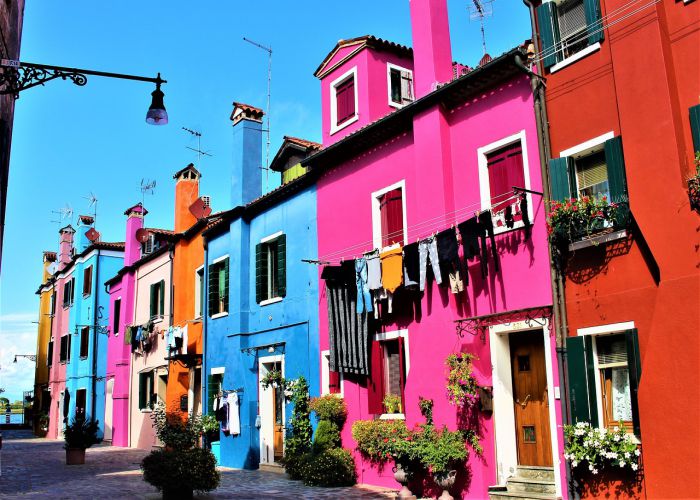
Renting a Car
Although more costly, renting a vehicle allows freedom and convenience to explore your own way. You can customize your excursions, particularly those to smaller, lesser-known sites.
Private cars become more useful when there is limited public transport to attractions in the countryside, on the islands, and near the mountains.
Italy accepts English driver’s licenses, but an international license, an ETIAS visa waiver, and other travel permits may be required.
Pro Tip: Italian driving culture is aggressive and fast-paced (this is the home of Maserati and Ferrari, after all).
You must be attentive, just like you would driving in Greece. Factor in limited parking in the city centers, special passes for certain historic sites, and fuel costs.
Taxis and Ridesharing Services
Metered taxis are best used when traveling short distances or with a lot of luggage (e.g., for direct airport trips). To catch a taxi, navigate to the nearest taxi rank.
Trusted apps like FreeNow help you manage location-specific taxi bookings and requests. Use taxi apps in big cities like Milan, Rome, Turin, and Naples to make exploring stress-free.
Taxis are expensive, however, especially in busy city hubs because fares are distance-dependent.
This makes your best bet rideshare options. The big Italian cities have Uber, mainly offering Uber Black (a higher-end service).
Ridesharing services like BlaBlaCar and CarpoolWorld are also excellent for intercity travel. Travelers going to the same destination share a ride.
Biking
Do you fancy riding around the city, hair blowing as you zip to hidden gems in the harder-to-reach areas? A Vespa or motorcycle may add more excitement to your trip.
Rome by Vespa has decent scooter rental fares if you’re based in the capital city. Daily rentals start at $61.
With sophisticated cycling networks, bike lanes, and paths, you might also consider cycling. But this is best enjoyed as a holiday activity rather than an actual mode of transport.
Heads-up: A valid national driving license is required for scooter rentals. Non-European citizens also need a valid international driver's permit.
Travel Tips for a Pleasant Italian Trip

The smoother your trip, the happier you’ll be. Keep these travel tips in mind for a hassle-free journey.
Best Time to Visit Italy
Travel to Italy in spring (March through May) or fall (September through November); these are shoulder seasons.
You’ll get cheaper deals and the spoils of fewer crowds at the best tourist attractions.
You can also read about how many days do you need in Italy to finalize your itinerary and figure out what fits you best.
Warning: September and October are rainy, sometimes extending into November and December. Pack accordingly if you're visiting Italia during this period.
Visa and Entry Requirements
Italy is one of 27 Schengen countries.
Visitors from Switzerland, the EU/EEA, and fellow Schengen states (like Germany) only require an identity document to enter Italy for short stays (up to 90 days).
Travelers from outside the Schengen area, however, need a Schengen Visa.
There are several documents to submit for the Italy visa application. Requirements vary from country to country.
Visa requirements include an Italian visa application form, valid passport/travel documentation, photographs, and civil and employment status documents.
Travel insurance, proof of travel and accommodation, and proof of sufficient financial means are also part of the application process.
Visit your country's Italian Embassy, consulate, and visa application center for country-specific information.
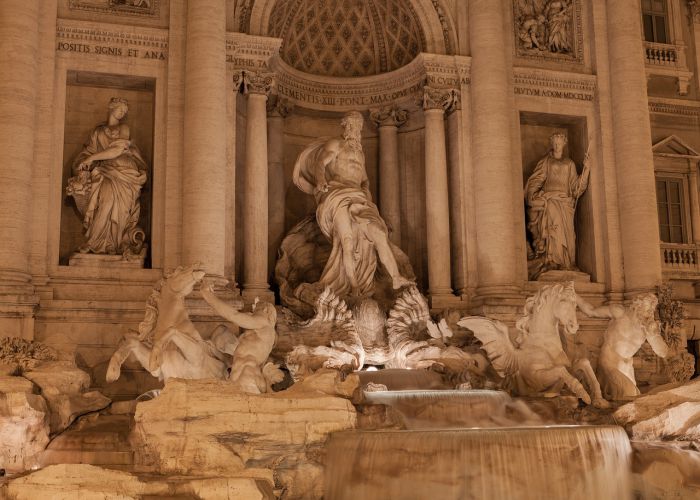
Money and Currency Exchange
The Euro is Italy’s official currency. You can go cashless and use your card at most outlets while holidaying in Italy.
For cash, you can make exchanges at airports, currency exchange offices, hotels, and banks.
These charge higher service fees, though. Withdraw money from an ATM instead. It's cheaper, quicker, and more accessible.
Pro Tip: Keep €10-€30 in cash on you when exploring each city. This is useful for small purchases like drinks and food between activities.
Language and Communication
With its strong Latin roots, Italian is the official language. About 90% of the population speaks Italian. Minority languages include German, French, Greek, and Catalan.
English speakers can communicate with locals in cosmopolitan cities like Milan. Around 30% of Italians speak English, especially in the tourist areas.
Use a phone language translation app and improvise when necessary.
Culturally speaking, Italians are direct and emotive communicators. They use hand gestures and animated expressions.
In your exchanges with locals, gesticulate (respectfully) and talk in short, simple sentences.
Safety and Security
Crime is minimal in Italy. Petty crime is common, such as pickpocketing and bag snatching around the busy tourist areas in big cities.
Be cautious and observe basic safety measures while out and about.
Keep an eye on your personal belongings on public transport. Carry identification as an added security precaution.
Make sure services like taxis are officially licensed. Look out for things like official signs, logos, and numbers. Opt for designated ranks rather than street hailing.
Best Things to See and Do in Italy | Wrapped Up
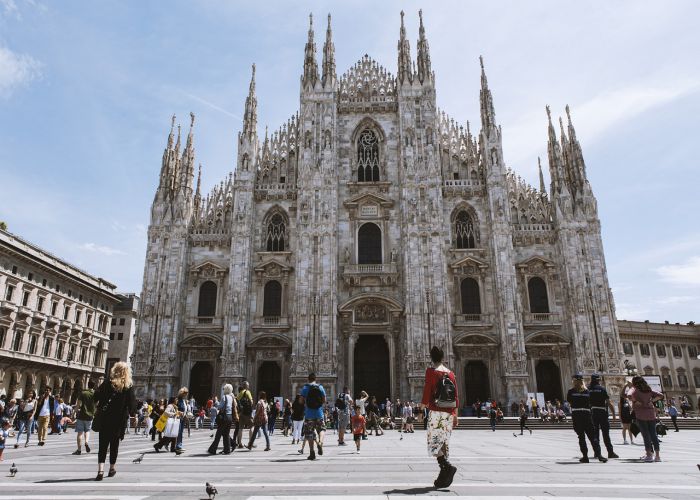
Now that you know where to go for glorious Italian landscapes, architecture, and monuments, all that’s left is for you to start planning your trip to Italy.
From art to opera to fashion and shopping, you have all the information you need to tailor a comprehensive bucket list of things to do.
Ready for your next read? Keep the preparations going with expert Italian travel tips on how many days you need in Italy.





